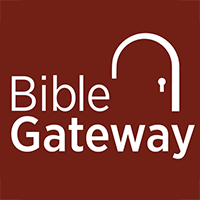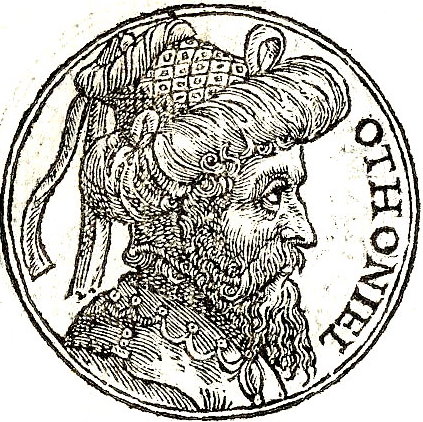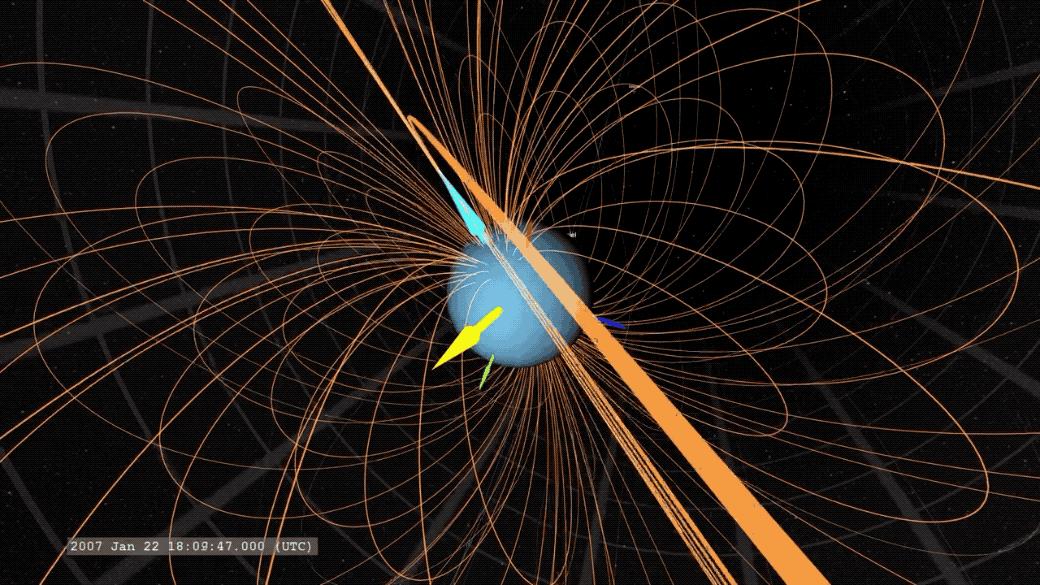Dominicansbelit
All Star
I just asked right now.. got no reply..
Maybe the more secular ʾAshk'nazzim, but this is not true for ḥassidim who mostly davven נוֹסַח סְפָרַד (heavily influenced by S'faraddim: e.g., no t'fillin on ḥol ḥamoʿed, derived from the Holy Zohar); and ḥabbad davven נוֹסַח הָאֲרִ"י which is similarly based on the S'faraddi custom. But even mitnaggdim (those ʾAshk'nazzim who follow the GR"A (Vilna Gaʾon)) have incorporated many kabbalistic concepts.I WAS ACTUALLY A LITTLE SURPRISED WHEN I FOUND OUT THAT ASHKENAZIS GENERALLY DONT DEAL WIT THE TEACHINGS OF THE ZOHAR
Absolutely, but not before one has attained at least 40 years of age.IS THAT SOMETHING YOU HAVE GOTTEN INTO OR PLAN ON GETTING INTO?
Maybe the more secular ʾAshk'nazzim, but this is not true for ḥassidim who mostly davven נוֹסַח סְפָרַד (heavily influenced by S'faraddim: e.g., no t'fillin on ḥol ḥamoʿed, derived from the Holy Zohar); and ḥabbad davven נוֹסַח הָאֲרִ"י which is similarly based on the S'faraddi custom. But even mitnaggdim (those ʾAshk'nazzim who follow the GR"A (Vilna Gaʾon)) have incorporated many kabbalistic concepts.
I suggest you get a hold of a copy of the siddur of the GR"A (סִדּוּר אִשֵּׁי יִשְׂרָאֵל here) and spend some time reading Maʿaseh Rav (p. 506).
Absolutely, but not before one has attained at least 40 years of age.
your name wouldnt have to do with this would it?Yes, I have a S'faraddi brother-in-law and some of the more mystical customs I find very interesting. I do hope to study with him soon.
k'tivah vaḥatimah ṭovah!


don't you ever try & act like the voice of reasonyour name wouldnt have to do with this would it?

Kochos hanefesh - Wikipedia
en.wikipedia.org
i created a diagram that i used to explain kaballah to someone almost a year ago, i burned the paper it was on such that the only things left were Tiferet, Hod, Netzach, Yesod and Malkuth
i regretted drawing that diagram. I still have the remnant which i saved. The first Belisarius mercenary Yashied, his weapon was the runeword "Strength" in a sword.
don't you ever try & act like the voice of reason
nikka you is crazy
ha
*





your name wouldnt have to do with this would it?

Kochos hanefesh - Wikipedia
en.wikipedia.org
i created a diagram that i used to explain kaballah to someone almost a year ago, i burned the paper it was on such that the only things left were Tiferet, Hod, Netzach, Yesod and Malkuth
i regretted drawing that diagram. I still have the remnant which i saved. The first Belisarius mercenary Yashied, his weapon was the runeword "Strength" in a sword.
I had strong reasonsBurning the paper was not a good idea

I do kiruv. I'm the one changing stances.
why did you argue? Genesis 1 says: So God created man in his own image, in the image of God created he him; male and female created he them."This woman literally tried to have an argument on why God is a woman with me today at work and made a scene.

Yes, it is the noun כֹּחוֹת according to the havarah ʾashk'nazzit, so that the vowel-diacritic holam (the dot above the כ) becomes 'oi' rather than 'o' and the haṭʿamah (accentuation) milʿeil (on the first syllable) rather than mil'raʿ (on the final syllable), which forces the second holam (the dot above the ו) to sound as if it were a sh'vaʾ (a 'snatched' semi-vowel represented in superscript by the phonetic symbol ə). Thus, the correct pronunciation of Koichos is 'KOY-chəs' (the ch having a guttural sound which resembles a person clearing his throat).
That paper should not go to waste, it could help generate a great deal of heat when it burns!i created a diagram that i used to explain kaballah to someone almost a year ago, i burned the paper it was on such that the only things left were Tiferet, Hod, Netzach, Yesod and Malkuth
i regretted drawing that diagram. I still have the remnant which i saved. The first Belisarius mercenary Yashied, his weapon was the runeword "Strength" in a sword.
im glad you replied to this!Yes, it is the noun כֹּחוֹת according to the havarah ʾashk'nazzit, so that the vowel-diacritic holam (the dot above the כ) becomes 'oi' rather than 'o' and the haṭʿamah (accentuation) milʿeil (on the first syllable) rather than mil'raʿ (on the final syllable), which forces the second holam (the dot above the ו) to sound as if it were a sh'vaʾ (a 'snatched' semi-vowel represented in superscript by the phonetic symbol ə). Thus, the correct pronunciation of Koichos is 'KOY-chəs' (the ch having a guttural sound which resembles a person clearing his throat).
The noun כֹּחוֹת kohot is the plural declension of כֹּחַ ko'ah (accent penultimate), the latter of which occurs (for example) in the expression יְיַשֵּׁר כֹּחֲךָ / כֹּחֵךְ y'yasher kohacha / kohech (lit., 'May He strengthen your [masculine / feminine] power!'), incorporating the Biblical-style pronominal suffixal endings ־ךָ -cha 'your' (masculine singular) and ־ֵךְ -ech 'your' (feminine singular). In North America, Europe, South Africa and Australasia, the phrase is most commonly vocalized שְׁכֹּיַךְ shkoyach (accent penultimate) following its ʾIddish pronunciation.
That paper should not go to waste, it could help generate a great deal of heat when it burns!



 I made a separate design on a strip of paper that included those sephiroth which was a remnant. Technically NEPTUNE is the only remnant. What I believed it specifically represented will remain a mystery.
I made a separate design on a strip of paper that included those sephiroth which was a remnant. Technically NEPTUNE is the only remnant. What I believed it specifically represented will remain a mystery.
 www.thecoli.com
www.thecoli.com